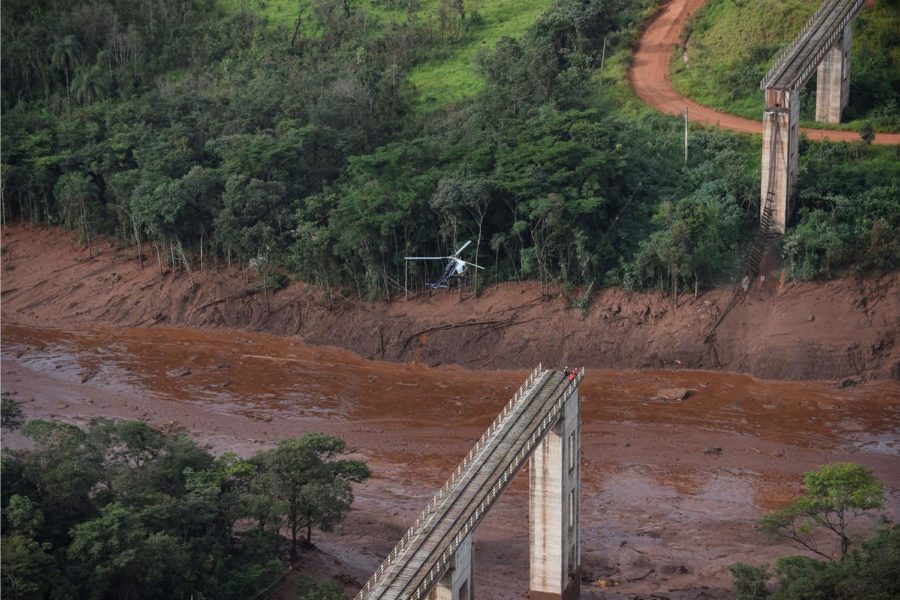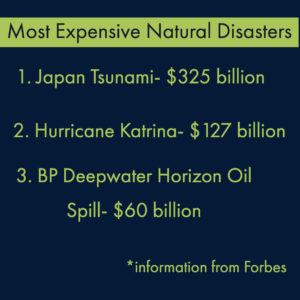A Long Road to Recovery
The effects of natural disasters do not disappear when the media leaves.
PHOTO | TNS
Aerial view taken after the collapse of a dam which belonged to Brazil's giant mining company Vale, near the town of Brumadinho in southeastern Brazil, on Friday, Jan. 25, 2019. The collapse unleashed a torrent of mud on a riverside town and surrounding farmland, destroying houses, leaving 200 people missing and raising fears of a number of deaths, according to officials. (Douglas Magno/AFP/Getty Images/TNS) **FOR USE WITH THIS STORY ONLY**
When disaster strikes, the media joins the wave of first responders to cover the immediate aftermath and survivor stories. Whether it’s an earthquake, hurricane or tornado, or the recent Brazil dam burst where over 100 people died, the news is flooded with depressing images of destruction and dramatic rescues.
However, after the initial coverage is over and the cameras leave the scene, the affected areas are left in the dark and the public tends to forget about them. Natural disasters need continual coverage because the victims still need help months after the disaster, and they aren’t going to receive help if no one knows they still need it.
Of course, recovery time varies for different situations and the severity of the disaster, but nothing is repaired or healed overnight. Typically, reconstruction takes 10 times as long as the emergency period, according to a National Academy of Sciences study. With the exception of hurricane Katrina which had a much longer emergency period, that means that if the emergency period lasted four weeks, recovery would take roughly 40 weeks.
A fairly recent disaster in the last year was Hurricane Maria that had a huge impact on the island of Puerto Rico. The storm devastated the island leaving thousands of people without power for almost a year, and sent the entire territory into a humanitarian crisis, according to Mercy Corps. Electricity and cell towers were down and there was little to no access to clean water for people. Hurricane Maria caused over 90 billion dollars of damage, and the recovery has barely started.
Puerto Rico’s long road to recovery, and other affected places alike, aren’t being covered and updated like they should be. The storm may have passed, but the long term effects are what take the biggest toll. It will take years for some families to recover, according to the New England Journal of Medicine.
There are so many ways for the public to have access to news from television, social media and alert apps. On average, media outlets report on natural disasters for a shorter period of time compared to other topics, according to a 2013 study published in “Journalism and Mass Communication Quarterly”. News topics generally have a span of 18 months but disasters are only covered for 12 months on average, and the majority of this coverage comes in the first 30 days with 62.8 percent of all reporting done in the immediate aftermath.
Increasing coverage on these issues would potentially increase donations to aid the recovery process. With so many ways to reach audiences through television and social media, news outlets bring general awareness to large scale events such as natural disasters. By simply getting the word out that help is still needed, the public would be more aware of what needs to be done.




